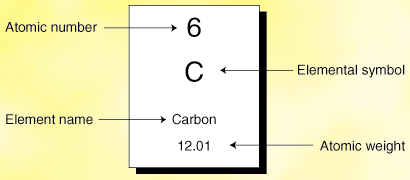Please wait while we process your payment
If you don't see it, please check your spam folder. Sometimes it can end up there.
If you don't see it, please check your spam folder. Sometimes it can end up there.
Please wait while we process your payment

By signing up you agree to our terms and privacy policy.
Don’t have an account? Subscribe now
Create Your Account
Sign up for your FREE 7-day trial
By signing up you agree to our terms and privacy policy.
Already have an account? Log in
Your Email
Choose Your Plan
Individual
Group Discount
Save over 50% with a SparkNotes PLUS Annual Plan!
 payment page
payment page
Purchasing SparkNotes PLUS for a group?
Get Annual Plans at a discount when you buy 2 or more!
Price
$24.99 $18.74 /subscription + tax
Subtotal $37.48 + tax
Save 25% on 2-49 accounts
Save 30% on 50-99 accounts
Want 100 or more? Contact us for a customized plan.
 payment page
payment page
Your Plan
Payment Details
Payment Summary
SparkNotes Plus
You'll be billed after your free trial ends.
7-Day Free Trial
Not Applicable
Renews July 12, 2025 July 5, 2025
Discounts (applied to next billing)
DUE NOW
US $0.00
SNPLUSROCKS20 | 20% Discount
This is not a valid promo code.
Discount Code (one code per order)
SparkNotes PLUS Annual Plan - Group Discount
Qty: 00
SparkNotes Plus subscription is $4.99/month or $24.99/year as selected above. The free trial period is the first 7 days of your subscription. TO CANCEL YOUR SUBSCRIPTION AND AVOID BEING CHARGED, YOU MUST CANCEL BEFORE THE END OF THE FREE TRIAL PERIOD. You may cancel your subscription on your Subscription and Billing page or contact Customer Support at custserv@bn.com. Your subscription will continue automatically once the free trial period is over. Free trial is available to new customers only.
Choose Your Plan
This site is protected by reCAPTCHA and the Google Privacy Policy and Terms of Service apply.
For the next 7 days, you'll have access to awesome PLUS stuff like AP English test prep, No Fear Shakespeare translations and audio, a note-taking tool, personalized dashboard, & much more!
You’ve successfully purchased a group discount. Your group members can use the joining link below to redeem their group membership. You'll also receive an email with the link.
Members will be prompted to log in or create an account to redeem their group membership.
Thanks for creating a SparkNotes account! Continue to start your free trial.
We're sorry, we could not create your account. SparkNotes PLUS is not available in your country. See what countries we’re in.
There was an error creating your account. Please check your payment details and try again.
Please wait while we process your payment

Your PLUS subscription has expired
Please wait while we process your payment
Please wait while we process your payment

Reading the Periodic Table
Once again, here is a link to view a full-size periodic table: To see the periodic table, click here. Once the window appears, roll your mouse over the elements to see their specific information. You can also access the periodic table by going into the SparkNotes reference section that resides at the top of every SparkNotes page.
As stated last section, the periodic table organizes the elements according to general patterns of similarity. Below is a very small image of the periodic table. It is basically unreadable in terms of specific information, but it allows us to easily look at the periodic tables structure general trends.

The vertical columns of the periodic table (marked by yellow stripes in the figure) are called groups. The horizontal rows are called periods. There are 18 groups and 7 periods. In discussing the periodic table from here on out we will use the terms group and period. Down a group means moving from top to bottom; across a period means moving from left to right.
To describe the information contained within each individual box we will use a specific example: carbon.

The purpose of the element name is obvious. However, many Periodic Tables do not include element names. For those situations you must memorize the symbols that accord to each element name.
Each element has a specific one or two letter symbol that is used interchangeably with its name. These should be memorized. Most of the time, symbols quite clearly accord to the name of the element they represent, as C accords to carbon. Occasional, however, an element's name and symbol have little relation. For example, the symbol for mercury is Hg.
Please wait while we process your payment

